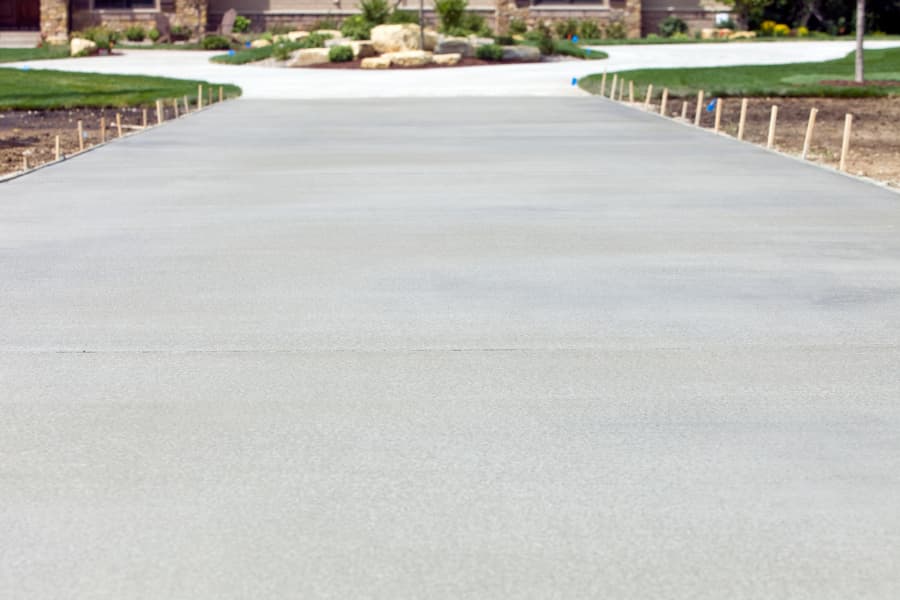
The Balance between Soil and Concrete
When preparing for a project that involves lying concrete onto the soil, there are various stabilization methods to consider. Creating a quality concrete base requires a careful soil evaluation prior. Whether you are building a house, shed, or large building, your first step in the concrete laying process begins with an understanding of how soil and concrete work together.
Best Concrete Mix Corp. delivers a wide selection of concrete products and services to government contractors, builders, landlords, and property owners throughout Flushing, New York. Here, we discuss the relationship between concrete and soil.
Understanding Soil Stabilization
One of the first steps in making concrete includes soil stabilization. The term refers to the array of treatments that change the physical properties of the soil to increase its stability and load-bearing capacity. It is essential to have a secure base before you begin building on top of the soil. If the area you wish to construct contains unsound soil that does not meet requirements, you may find it difficult to obtain a building permit.
Soil stabilization is important for several other reasons, as well, including:
- Cost: If stabilization does not occur before building on fine-grain soils, your newly-built construction will develop waves and dents and require repairing or rebuilding much sooner. In turn, you will have to pay more for repair services.
- Stabilization provides a more workable environment: Once the soil has been modified to prepare for concrete, the space becomes easier to work with, and the job progresses without added difficulty.
- It protects the environment: Although the older processes of soil stabilization focused on digging up and replacing the soil with aggregate, newer and more-developed processes leave the soil alone, simply adding stronger elements. This method shields the environment from unnecessary damage because it eliminates the need for mining and soil disposal.
- Erosion control: Erosion may cause substantial damage to concrete bases, such as road construction. By stabilizing the soil before laying the cement, you ensure a solid surface that limits the likelihood of sinking.
Following the proper steps and stabilizing your soil beforehand will save you from unnecessary and undesirable consequences. Therefore, you should evaluate the soil thoroughly and implement the best soil stabilization methods and materials to leave your building pad adequate for laying down concrete foundations.
How to Stabilize Soil before Using Concrete
At the beginning of the stabilization process, you need to figure out what kind of soil you want, as each requires a different stabilization process. The four types of soil and what to consider when evaluating each variety include:
Sand
The most well-known soil due to its beach popularity is sand. You can identify sand easily by looking at the size of the particles. Sand consists of much larger particles than other soil types. Sandy soils usually contain very little organic content and generally no plasticity.
Silt
This option can be a challenging soil for construction because of its particle size and density. Silt is created from eroded rock, such as when the rock has been worn away by water or wind. Silt promotes water retention and air circulation since the soil is dense but does not bond together.
Clay
Unlike all other types of soils, clay ranges in color and characteristics. Besides particle size, a significant difference between clay soils and other soils is that it develops plasticity when wet. Since clay-based soils are challenging to work with, they are usually removed from the construction site or treated with a chemical or additive for permanent hardening.
Loam
Another soil choice is loam. This variety is a mixture of sand, silt, and clay and features a blend of their elements.
To determine the type of soil, conduct a loam test such as a sieve analysis to determine the particle size. An Atterberg limits test is also beneficial to determine the soil’s plasticity and organic content. Once you have concluded which soil you will use, you can begin your project.
Build a Concrete Structure that Lasts with Soil Stabilization
If you are building a concrete structure and need assistance with soil stabilization, turn to Best Concrete Mix Corp. for help. Our team has performed numerous concrete projects for clients in Flushing, NY. Contact us today if you need concrete products and services or tips on accurately stabilizing soil.


